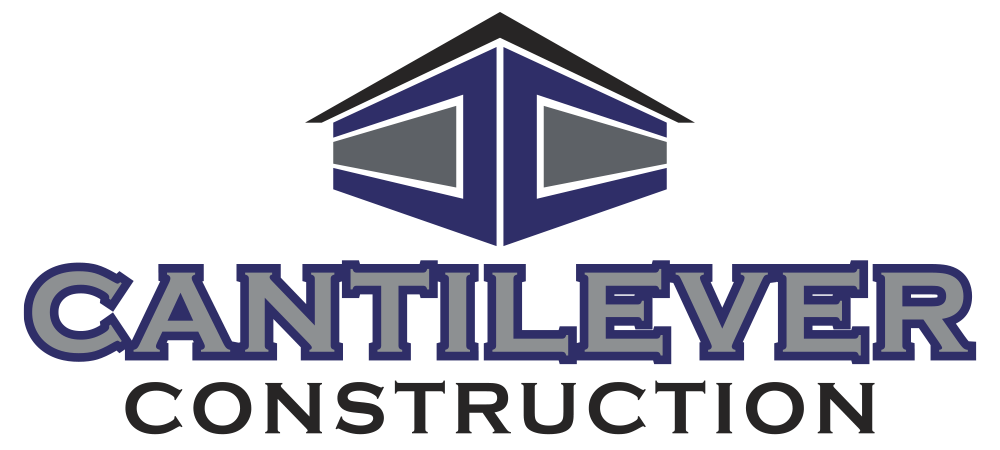Mastering Cantilever Construction: A Project Manager's Guide
Cantilever construction is a fascinating engineering marvel that has been shaping skylines and defying gravity for decades. As a project manager, navigating the challenges and intricacies of cantilever projects requires a unique set of skills and strategies. In this blog post, we will delve into the world of cantilever construction and explore key project management principles that can ensure successful execution.
Understanding Cantilever Construction:
Cantilever construction involves the creation of structures that extend horizontally, with one end anchored and the other projecting into space. Commonly found in bridges, buildings, and even some types of cranes, cantilevers offer both aesthetic appeal and functional advantages. As a project manager, it is crucial to have a solid grasp of the engineering principles behind cantilever structures to effectively coordinate and lead the project team.
Key Project Management Considerations:
Comprehensive Planning:
Cantilever projects demand meticulous planning. Begin by conducting a thorough feasibility study, considering factors such as site conditions, structural requirements, and environmental impacts. A well-crafted project plan should outline milestones, timelines, and resource allocation to ensure a smooth progression from concept to completion.
Risk Management:
Cantilever construction introduces unique challenges, including structural stability concerns and safety risks. A robust risk management plan is essential to identify potential issues early on and implement mitigation strategies. Regular safety assessments and adherence to industry standards are critical components of risk management in cantilever projects.
Collaborative Team Dynamics:
Cantilever construction often involves interdisciplinary teams, including structural engineers, architects, and construction workers. Effective communication and collaboration are paramount. Foster an environment where team members feel empowered to share insights and address concerns, promoting a seamless flow of information throughout the project lifecycle.
Technology Integration:
Leverage cutting-edge technologies to enhance project efficiency. Building Information Modeling (BIM) can provide a comprehensive 3D representation of the cantilever structure, facilitating better visualization and coordination among team members. Additionally, real-time project management software can streamline communication and keep stakeholders informed of progress.
Quality Control:
Cantilever structures must adhere to stringent quality standards to ensure long-term durability and safety. Implement a robust quality control plan, conducting regular inspections and testing at various construction stages. Collaboration with quality assurance experts and adherence to industry regulations are vital for achieving and maintaining high construction standards.
Environmental Considerations:
Cantilever projects often impact the surrounding environment. As a responsible project manager, consider the ecological footprint of construction activities. Implement sustainable practices, such as recycling materials, minimizing waste, and incorporating eco-friendly construction methods, to align the project with environmental stewardship principles.
Conclusion:
Cantilever construction projects represent a unique and exciting challenge for project managers. Success in overseeing such endeavors requires a combination of technical knowledge, effective communication, and a commitment to quality and safety. By embracing these principles and staying attuned to industry advancements, project managers can navigate the complexities of cantilever construction and contribute to the creation of iconic structures that stand the test of time.




